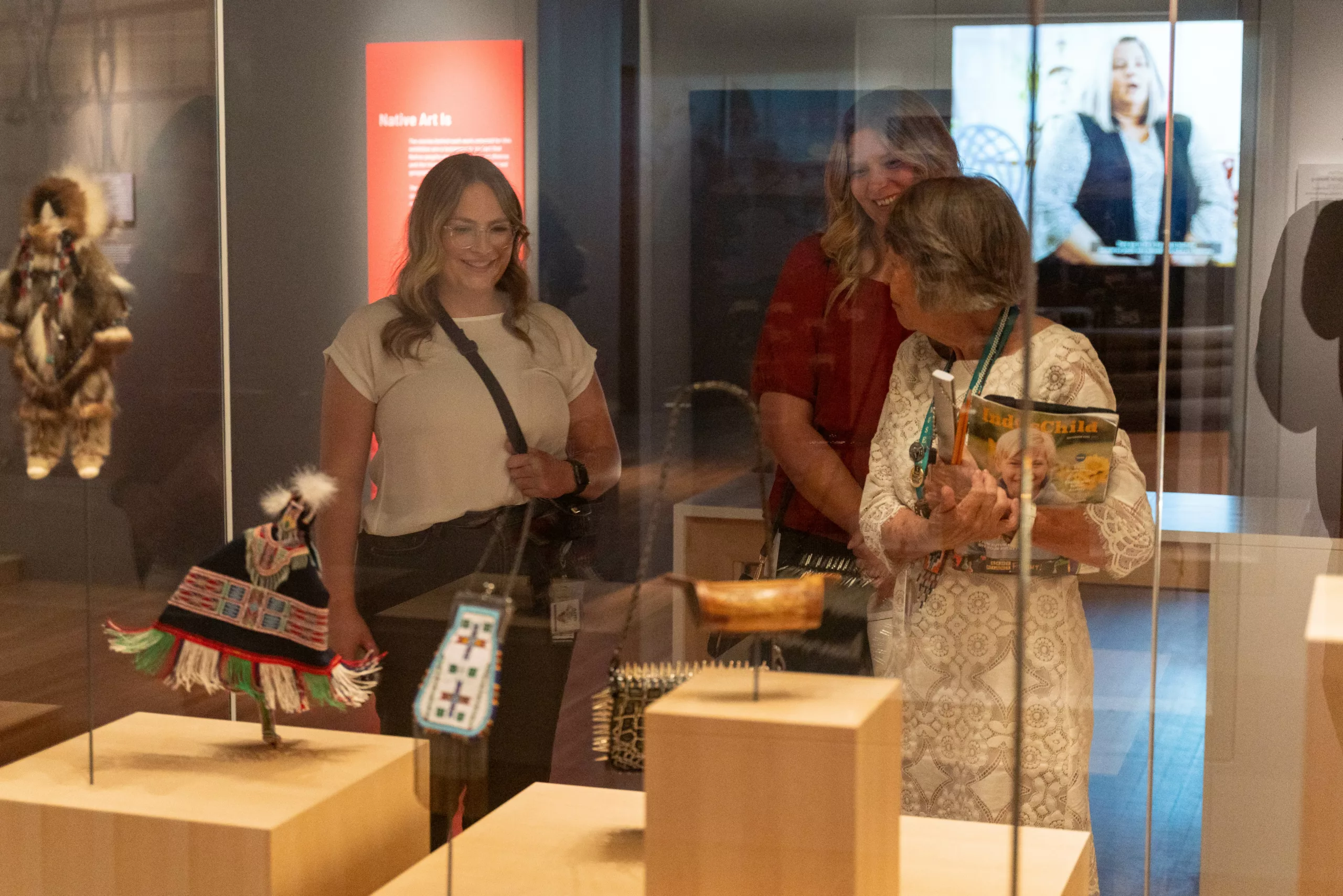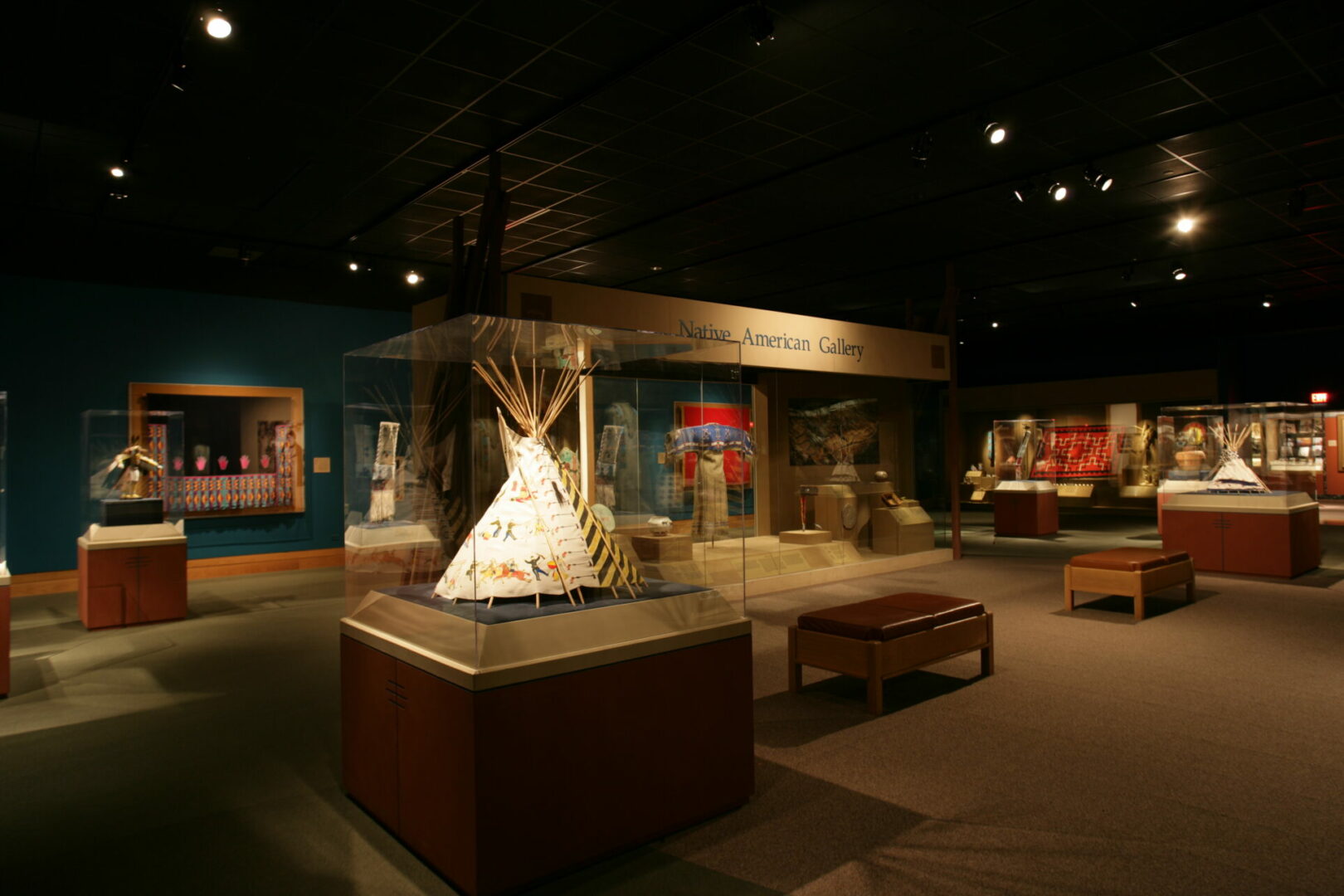
Renting Native American Museum Space: A Comprehensive Exploration
The question of whether one can rent space within a Native American museum is multifaceted, touching upon issues of cultural preservation, financial sustainability, public engagement, and Indigenous sovereignty. While the direct answer is often "yes," this affirmative comes with significant caveats and a deep understanding of the unique mission and cultural protocols that govern these institutions. Unlike conventional event venues, Native American museums are custodians of living cultures, sacred heritage, and historical narratives, rendering any commercial use of their space subject to rigorous scrutiny and adherence to specific ethical guidelines.
This article delves into the intricate considerations surrounding the rental of Native American museum spaces, exploring the motivations, challenges, and best practices for both institutions and potential renters.
The Unique Landscape of Native American Museums
To understand the rental policies of Native American museums, it is crucial to first appreciate their distinct nature. These institutions are not monolithic; they vary significantly in their governance, scope, and primary mission. They can be:

- Tribally Operated Museums and Cultural Centers: Directly governed by sovereign Native American nations, these institutions are often deeply integrated into their communities. Their primary goals include cultural revitalization, language preservation, education for tribal members, and the interpretation of their specific tribal history and heritage to the wider public.
- Federal Institutions: The most prominent example is the Smithsonian National Museum of the American Indian (NMAI), which operates under federal mandate to preserve, study, and exhibit the life, languages, literature, history, and arts of Native Americans.
- Private or Non-Profit Museums with a Native American Focus: Institutions like the Heard Museum in Phoenix, Arizona, are privately funded and dedicated to the advancement of American Indian art and culture.
- University-Affiliated Collections: Many universities house significant Native American collections, some with dedicated museum spaces, often focused on academic research and public education.
Regardless of their specific governance, a common thread runs through all Native American museums: a profound commitment to representing Indigenous perspectives, combating historical misrepresentation, and fostering a deeper understanding of Native American cultures as vibrant, living traditions. This mission inherently shapes their approach to external event rentals.
Motivations for Renting Museum Space
For potential renters, the appeal of a Native American museum space is often multifaceted:

- Unique Ambiance and Cultural Significance: Such venues offer a distinctive backdrop, imbued with history, art, and cultural meaning, making an event memorable and impactful.
- Educational Opportunity: Hosting an event in such a setting can provide an inherent educational component, exposing guests to Indigenous art, history, and perspectives.
- Prestige and Respect: Associating an event with a respected cultural institution can lend credibility and a sense of gravitas.
- Support for a Worthy Cause: Rental fees directly contribute to the museum’s operational budget, supporting its vital work in preservation, education, and community engagement.
From the museum’s perspective, the motivations for offering space for rent are equally significant:
- Revenue Generation: For many non-profit and tribally operated museums, rental income is a critical source of unrestricted funds, helping to cover operational costs, fund exhibitions, support educational programs, and maintain collections. Given that cultural institutions are often underfunded, diversifying revenue streams is imperative for sustainability.
- Community Engagement and Outreach: Hosting events can broaden the museum’s reach, attracting new audiences who might not otherwise visit. It fosters connections with local businesses, organizations, and the wider community.
- Visibility and Profile: Events can elevate the museum’s public profile, showcasing its facilities, collections, and mission to a diverse array of guests.
- Fulfilling Public Service: Some events, particularly those aligned with the museum’s educational or cultural objectives, directly contribute to its public service mandate.
Key Considerations and Restrictions
The decision to rent space in a Native American museum is rarely purely transactional. It is deeply embedded in ethical considerations, cultural protocols, and institutional policies.
1. Cultural Sensitivity and Respect
This is the paramount consideration. Any event hosted must demonstrate profound respect for Native American cultures, history, and the sacred nature of some objects or spaces. This translates into:
- Prohibition of Culturally Inappropriate Activities: Events that might trivialise, misappropriate, or disrespect Indigenous traditions are strictly forbidden. This includes themes, decorations, or entertainment that could be seen as stereotypical, offensive, or exploitative.
- Awareness of Sacred Spaces and Objects: Many museums house sacred or sensitive materials. Rental agreements often include strict guidelines about where guests can go, what they can touch, and how they should behave in proximity to such items. Some areas may be entirely off-limits.
- Authenticity and Representation: If the event involves any Native American cultural elements (e.g., speakers, performers), the museum will likely require assurances of their authenticity and respectful presentation.
2. Mission Alignment
Museums will typically evaluate events based on their alignment with the institution’s core mission of preservation, education, and cultural interpretation.
- Preferred Events: Conferences, lectures, educational workshops, and cultural performances that resonate with the museum’s themes are generally welcomed.
- Scrutinized Events: Corporate events, private parties, or weddings may be permitted, but they undergo closer scrutiny to ensure they do not detract from or contradict the museum’s mission. Events promoting values antithetical to Indigenous cultures (e.g., excessive consumption, historical revisionism) would be rejected.
3. Preservation and Security of Collections
The protection of invaluable artifacts, artworks, and historical documents is non-negotiable.
- Restricted Access: Event spaces are often carefully delineated to prevent access to galleries or collection storage areas.
- Food and Beverage Policies: Strict rules govern the consumption of food and beverages, especially near exhibits. Often, food and drink are confined to designated areas, and specific types of catering (e.g., those producing strong odors or excessive heat) may be prohibited.
- Environmental Controls: Museums maintain precise temperature and humidity levels for collection preservation. Event activities must not disrupt these controls.
- Security Personnel: Additional security may be required for events, particularly those with a large number of attendees or valuable guest lists, to ensure the safety of both people and collections.
4. Tribal Sovereignty and Governance (for Tribally Operated Museums)
For museums under tribal governance, the decision-making process for event rentals is deeply influenced by tribal laws, customs, and community values.
- Tribal Council Approval: Major events or those deemed sensitive may require approval from a tribal council or designated cultural committee.
- Community Impact: Considerations may extend to the event’s potential impact on the tribal community, including traffic, noise, and resource utilization.
- Cultural Protocols: Specific tribal protocols, which may not be immediately obvious to external parties, must be respected and adhered to.
5. Type of Event and Associated Restrictions
Different types of events carry different levels of acceptance and specific restrictions:
- Weddings: Often allowed, but with strict rules regarding alcohol consumption (often restricted to specific areas and managed by licensed caterers), music volume, decorations (e.g., no open flames), and guest conduct.
- Conferences and Meetings: Generally well-suited, especially if their themes align with the museum’s educational mission.
- Corporate Events: Possible, but often with higher rental fees and a strong emphasis on ensuring the company’s values are not in conflict with the museum’s mission. Product launches or marketing events are scrutinised for cultural appropriation.
- Political Rallies or Advocacy Events: Generally avoided by most museums to maintain institutional neutrality, though some may host non-partisan community discussions.
- Events Involving Alcohol: Highly regulated. Many Native American communities have complex histories with alcohol, and some tribal lands are "dry." Even where permitted, consumption is typically confined to designated areas, monitored closely, and often requires licensed vendors and insurance. Some institutions may prohibit alcohol entirely.
6. Financial and Logistical Considerations
Beyond cultural aspects, practicalities include:
- Rental Fees: These vary widely based on the museum’s size, prestige, location, the specific space rented, duration, and the nature of the event.
- Deposits and Insurance: Security deposits are standard, and renters are typically required to provide proof of liability insurance.
- Staffing: Renters may be required to cover the costs of additional museum staff (security, event coordinators, AV technicians).
- Vendor Restrictions: Museums often have preferred or mandated lists of caterers, AV companies, and other vendors who are familiar with their policies and facilities.
The Process of Renting
For those interested in renting Native American museum space, the process typically involves:
- Initial Inquiry: Contacting the museum’s events or facilities rental department (often via their website).
- Review of Policies and Guidelines: The museum will provide detailed information regarding available spaces, pricing, cultural guidelines, and restrictions.
- Proposal Submission: Renters usually submit a detailed proposal outlining the nature of their event, guest count, desired dates, and how they plan to respect the museum’s mission and cultural protocols.
- Approval Process: This can be lengthy, involving various museum departments, and for tribally-run institutions, potentially tribal council or cultural committee review.
- Contract and Logistics: Upon approval, a detailed contract is signed, outlining all terms, conditions, fees, and logistical arrangements (catering, AV, setup/teardown).
- Coordination: Close collaboration with museum event staff is essential to ensure a smooth and respectful event.
Conclusion
In conclusion, the rental of Native American museum space is indeed possible, offering a unique and profoundly meaningful venue for a variety of events. However, it is an endeavor that demands more than just financial transaction; it requires a deep commitment to cultural sensitivity, respect, and adherence to the institution’s mission.
For both the museum and the renter, it represents an opportunity for mutual benefit: for the museum, a vital source of revenue and community engagement; for the renter, a chance to host an event in a setting rich with history and cultural significance, while contributing to the preservation and celebration of Indigenous heritage. Success in this arena hinges on open communication, thorough understanding of the museum’s specific guidelines, and an unwavering commitment to conducting the event with the utmost reverence for the cultures it represents. To engage with a Native American museum space is to engage with living history and enduring traditions, a privilege that carries with it a profound responsibility.


